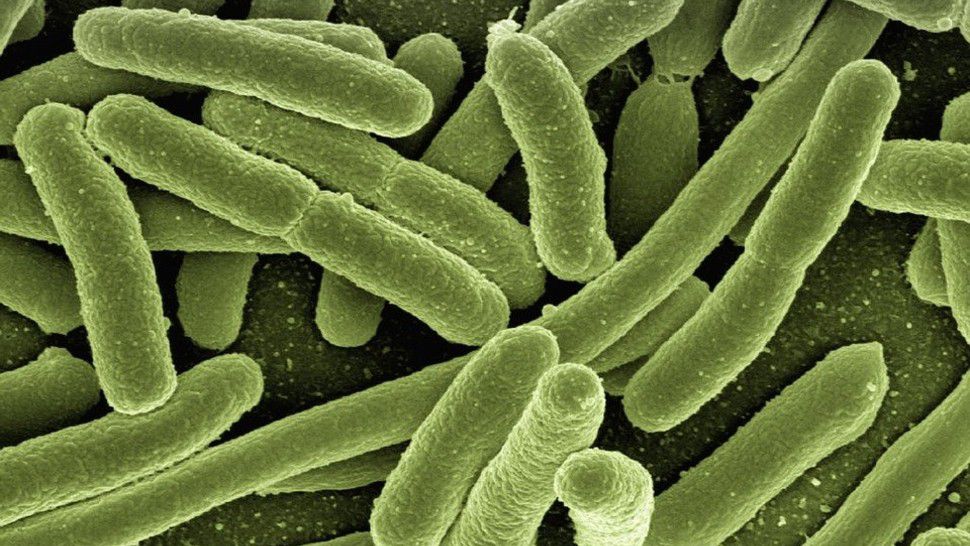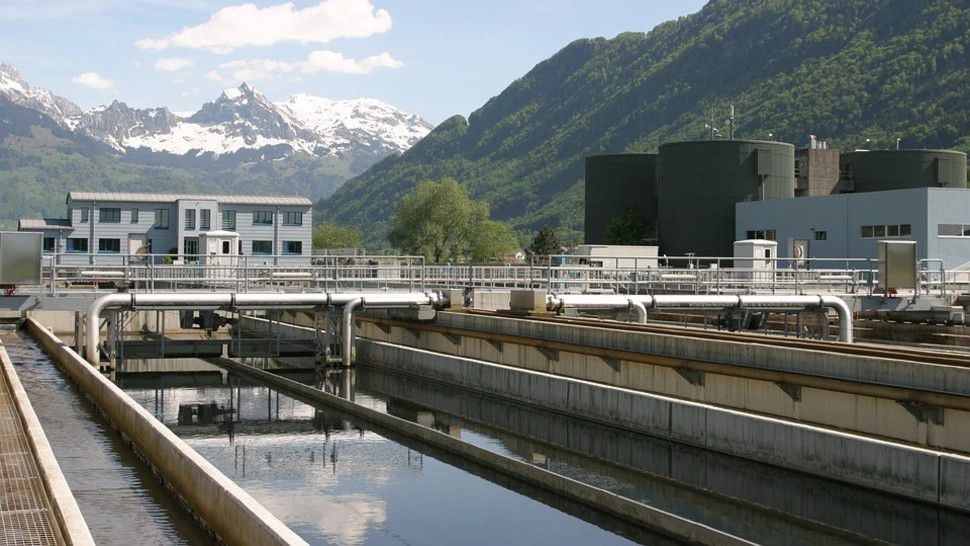NATIONWIDE -- It’s been suggested that we won’t completely return to normal and be able to eliminate all social distancing measures until a COVID-19 vaccine is manufactured and widely distributed.
- Use of vaccines dates back hundreds of years
- Numerous advances have occurred in the past 100 years
- COVID-19 vaccine could take a year to a year and a half
It’s been suggested by medical professionals that that could take a year or more. However, a recent New York Times article and podcast signaled that may be an optimistic appraisal of the situation, with science reporter Donald G. McNeil Jr. pointing out that the record for the production of a vaccine is four years. That occurred in the 1950s and was for mumps.
So what can the history of vaccines predict about the development and distribution of a COVID-19 vaccine? Plenty, and it turns out the use of vaccines goes back much further than you may have realized.
Where Did Vaccines Begin?
Evidence suggests the Chinese used smallpox material to provide immunity to smallpox as early as 1000 CE. It's believed this was practiced in Africa and Turkey as well.
What you’re likely more familiar with is Edward Jenner’s successful use of cowpox material in 1796 to create immunity to smallpox. Over the next 200 years, and with further development, Jenner’s innovation led to the eradication of smallpox.
The next notable innovation was Louis Pasteur’s 1885 rabies vaccine. In the 1930s, with the advent of bacteriology, vaccines and antitoxins developed rapidly. Among other diseases and toxins, these were developed for tetanus, anthrax, cholera, typhoid and tuberculosis.
Flash forward about 20 years and a polio vaccine was developed. Vaccines also greatly reduced instances of measles, mumps and rubella.
Researchers now have DNA technology, and a great many infectious diseases have been eradicated.
What all this means is the development of a vaccine is a long process and involves a lot of trial and error. Researchers across the globe are racing to develop a COVID-19 vaccine. In fact, according to the Associated Press, they’re trying to develop multiple vaccines, and that might include a temporary vaccine that’s effective for a month or two while a longer-lasting vaccine is developed.
“Until we test them in humans we have absolutely no idea what the immune response will be,” vaccine expert Dr. Judith O’Donnell, infectious disease chief at Penn Presbyterian Medical Center, told the Associated Press. “Having a lot of different vaccines -- with a lot of different theories behind the science of generating immunity -- all on a parallel track really ultimately gives us the best chance of getting something successful.”
Vaccine testing is slated to begin with young, healthy volunteers. The vaccines don’t contain the virus itself, but researchers will be able to eliminate concerns about potentially dangerous side effects.
Dr. Anthony Fauci, director of the National Institute of Allergy and Infectious Diseases, cautioned that even if tests go well, it will likely be between a year and a year and a half before a vaccine is widely available.
While a year and a half likely sounds like a disheartening estimate to most Americans, given the slow and methodical development of vaccines over the years, the timeline is impressive. Researchers say that despite incredible advancements, there are some steps that simply can’t be rushed.
The Associated Press contributed to this report.







